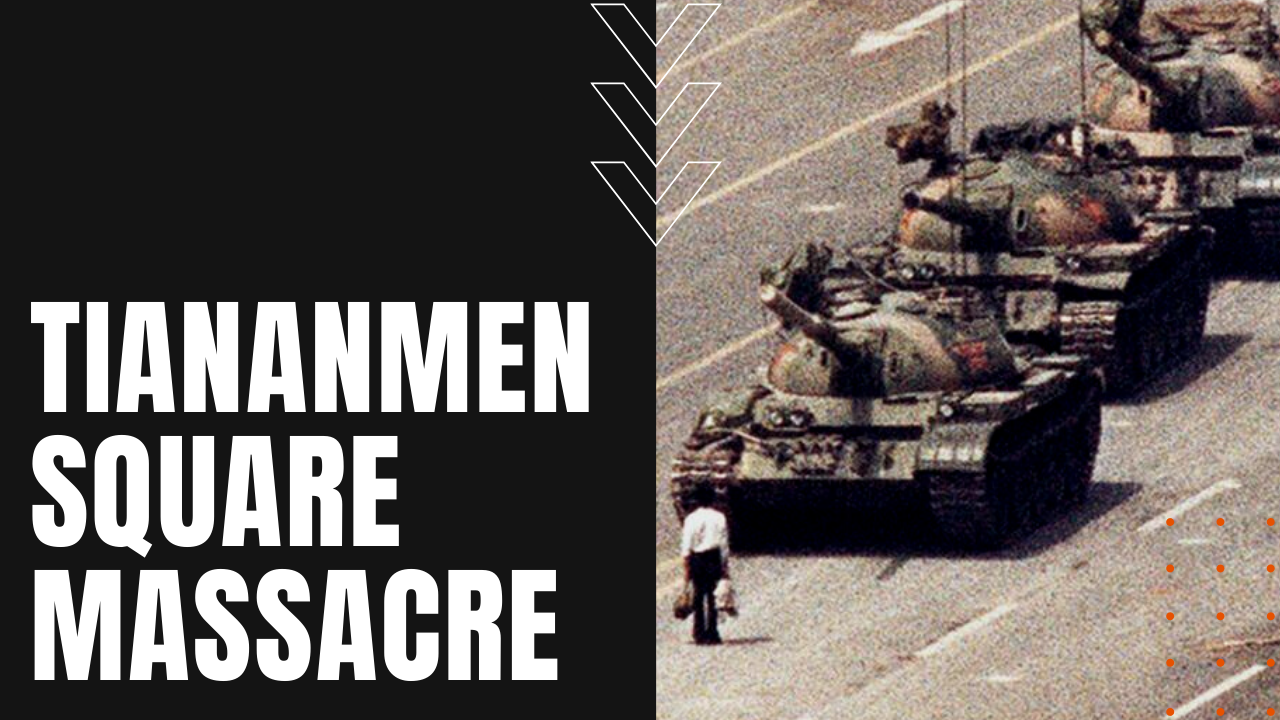Tiananmen Square Massacre

Following Mao Zedong’s death in 1976 and the arrest of the Gang of Four, a year later, Chinese Communist party leader Deng Ziaoping proposed the concept of Boluan Fanzheng or “bringing order out of chaos” in an effort to correct the mistakes of the Cultural Revolution.
Chinese Protest Governmental Grievances
By 1986, however, the reforms of the 1980s proved to be slow and unequal to the Chinese population at large, leading to protests by student activists whose grievances centered around inflation, corruption, constitutional due process, democracy, freedom of the press and freedom of speech.
After pro-reformer general Secretary Hu Yaobang did little to quell the rapidly-spreading protests, he was sacked by his political opponents for promoting “bourgeois liberalization.” Following Yaobang’s death on April 15th, 1989, student pro-democracy protests ignited yet again in and around Beijing China, exposing deep divisions within party leadership who at first responded with a mix of conciliatory and hardline tactics.
What was the Tiananmen Square Massacre?
As protests spread to some 400 Chinese cities, hardline leaders such as Li Peng called for decisive measures to end the protests and student-led hunger strikes, and when Paramount Leader Deng Xiaoping and President Yang Shangkun eventually sided with the hardliners, some 300,000 troops descended on Beijing in the early morning hours of June the 4th, 1989, advancing through the city as they murdered demonstrators and bystanders alike.
When they reached the student protest encampments at Tiananmen Square, soldiers opened fire as students slept in their tents. While death toll estimates have ranged from hundreds to thousands—with many thousands more wounded—despite heavy condemnation from the international community, the Chinese government continued their brutal suppression by arresting protesters, expelling foreign journalists and purging party officials deemed sympathetic to the protests, effectively halting the policies of reform and liberalization of the early 1980s.
China’s watershed reset placed limits on political expression that still apply to this day, while the massacre at Tiananmen Square has become one of the most sensitive and widely censored topics in China, making the slaughter at Tiananmen Square, one of the greatest coverups in communist modern history.
